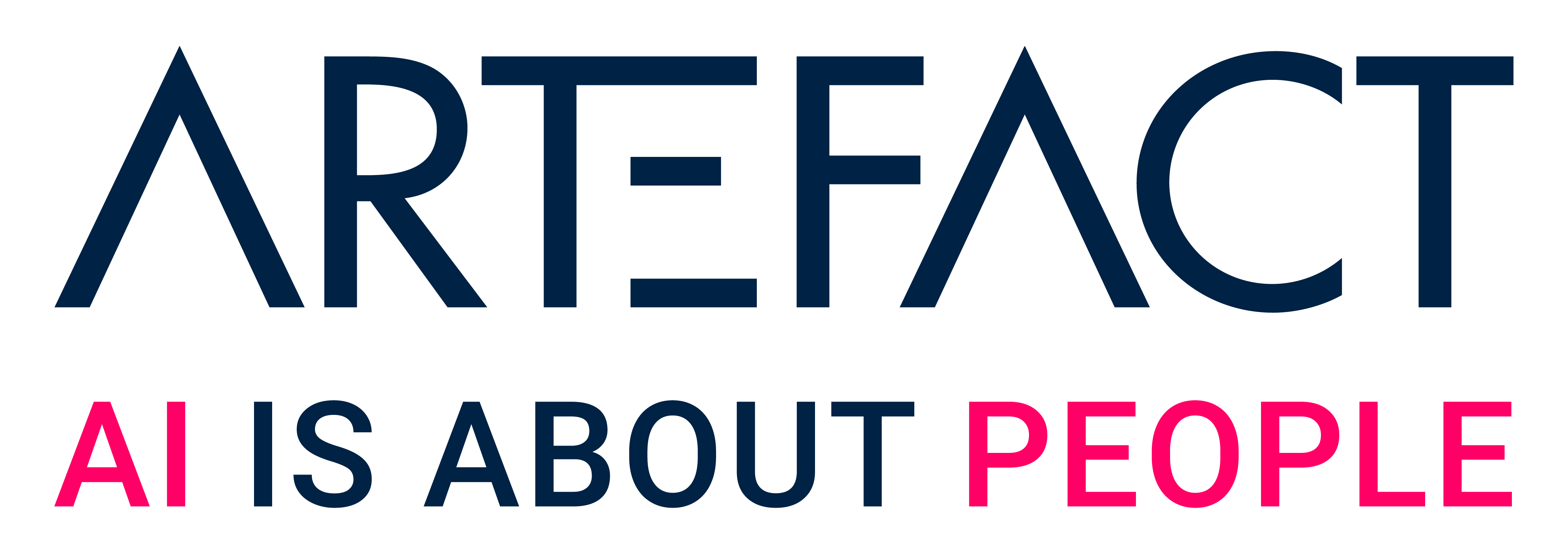Retail media has been around for quite a while, but thanks to the evolution of new uses of consumer data, its potential is gaining attention. Sidney Zeder, Senior Manager and Gaétan Bélan, Senior Data Consultant & Product Owner, both of Artefact, explore the opportunities of data monetization for retailers.
Retail media has been on the rise on digital platforms for the last six years, most notably on Amazon. The Covid-19 crisis accelerated this trend for traditional retailers. Retail media, in simple terms, is the means for retailers to sell media inventory on their e-commerce platforms. Because the Covid-19 pandemic fueled the shift to digital ways of buying, such as e-commerce or click-and-collect, even for grocery shopping, retailers had no choice but to go with the flow.
In fact, between 2019 and 2020, CPG e-commerce penetration increased by five points, from 10 to 15 percent. For retailers, the downside is that margins are lower in e-commerce than in brick-and-mortar. The upside is that by selling online, they collect a lot of consumer data that can be monetized or used to create new services. In a Goldman Sachs study, 82% of CPG companies surveyed said they were already investing in at least one retail media platform. This represents approximately 17% of digital budgets already allocated to retail media.
Media investment has effectively shifted down the marketing funnel. Although many brands’ search investments still flow into the “Google family,” we’re seeing brands diversify their digital spend into e-commerce platforms to capitalize on the “search destination” status they hold. When you’re on Amazon as a consumer, you’re very close to the “moment of truth”: you’re in a purchasing mindset. Therefore, when you’re on Amazon as a brand or product, the closer you can get to that funnel, the better. Goldman Sachs expects this trend to translate into a 6-8 percent increase in total CPG e-commerce sales through retail media over the next four years.
Retailer data monetization opportunities with CPG brands
This close-to-the-funnel media investment trend has created opportunities for retailers around three types of data monetization with CPG brands:
1. Inventory monetization: traditional retail media consisting of selling media inventory on proprietary assets. This can be offline inventory – retailers have long monetized their customers to offer coupons or specific promotions to brands in their stores – but also their online inventory on their own platforms, such as their e-commerce website, where brands can display banner ads, emails or even shopping mobile applications to deliver personalized promotions to their customers.
2. Data monetization: retailers are monetizing existing consumer data across CPG brands to support their customer centricity. 1P data shared by retailers originates from their loyalty program. The cardholder data they share can be socio-demographic (e.g. the age of their consumers), transactional (e.g. what did they buy), behavioral (e.g. what did they look at), loyalty data (e.g. did they buy again), etc. This data is shared “as-a-service” in a data clean room where brands can access the retailer’s data in a secure environment to carry out specific use cases defined by the two partners.
Carrefour, for example, has created a consumer intelligence service called Carrefour Links, based on the LiveRamp clean room, where partners can access their cardholder data. This is a self-service platform that allows users to perform basic activities such as reconciling retailer and brand databases on individual customers to build a more complete view of the consumer and thus improve their experience. It also provides analytics and measurement capabilities that Carrefour can bill to its partners.
Access to this data can unlock three types of use cases for brands:
Brands usually start implementing marketing use cases to deliver short-term value with a simple set-up, while long-term partnerships can then address very valuable use cases for Trade and operations that benefit both partners. Across all three categories, data monetization unlocks better measurement capabilities: optimized media performances, customer lifetime value calculation, dynamic budget allocation and global ROI optimization.
3. Service monetization: along with inventory and data monetization, retailers can unlock additional revenue by providing different levels of services to brands.
In the most developed additional service offering, retailers can propose managed services to brands, based on shared SLA and KPIs. In a long-term partnership approach, retailers optimize their revenue potential through best-in-class services for brands. Amazon offers its key clients advanced services such as category management studies and dashboards or MMM (Media Mix Modeling) studies to help them improve their strategy in relation to this retailer.
Data monetization: maturity in the Retail Media market
Artefact has benchmarked over 20 retailers in the US Retail Media market and analyzed their maturity with respect to Retail Media based on their value proposition and the comprehensiveness of their capabilities. We found that most retailers in the US have launched a Retail Media offering but are still in a nascent stage, mainly offering inventory to brands, while more mature retailers are focusing on data monetization or even service monetization for the best-in-class retailers.
Data monetization offerings require setting up technical capabilities, such as a technical infrastructure to collect, store and process the first-party data to be shared, as well as a clean room to share data with brands, or even partnerships with DSPs to enable brands to directly activate audiences created in clean rooms. But the business opportunity is worth it: selling data as-a-service delivers margins often in excess of 80%, compared to inventory monetization where margins typically only reach 40%, as inventory assets are limited and therefore less scalable.
Sources:
- “How Retail Media Is Reshaping Retail”, Boston Consulting Group, March 2022
- “The Merchant-Media model: A new era for retailers as ad Platforms”, Goldman Sachs, February 2021

 BLOG
BLOG





